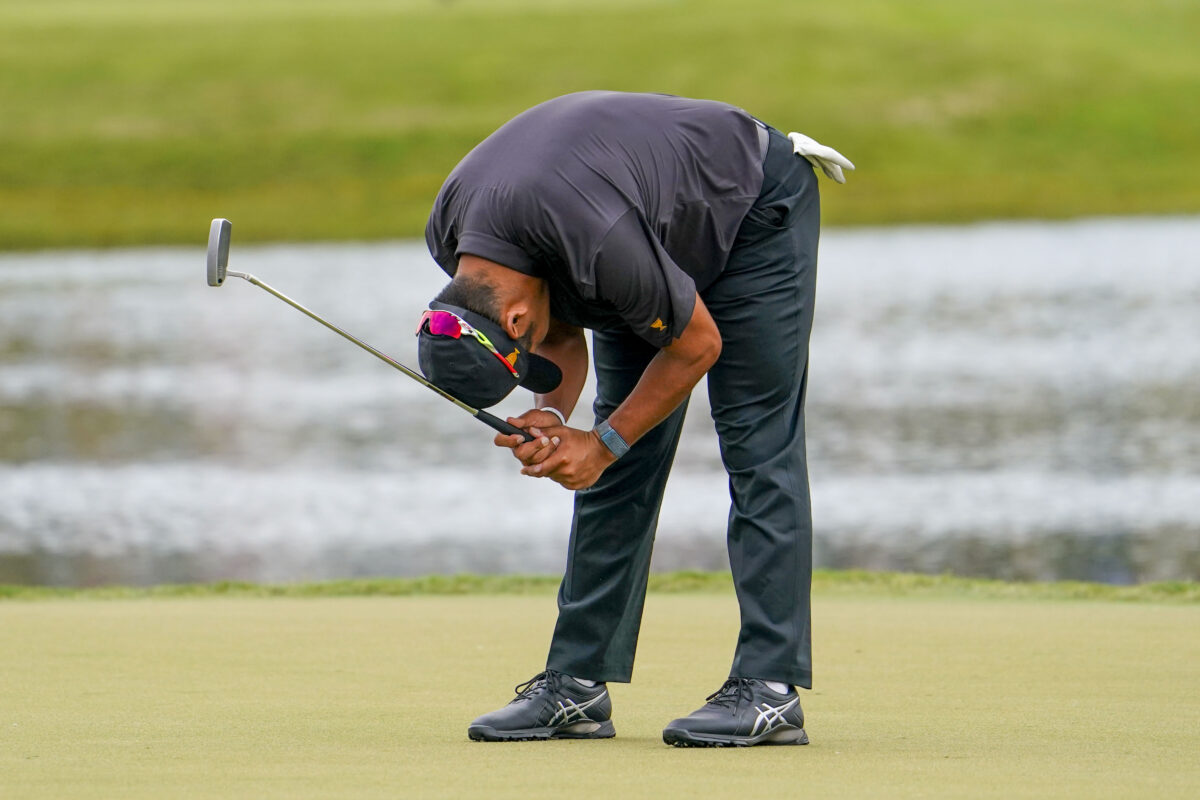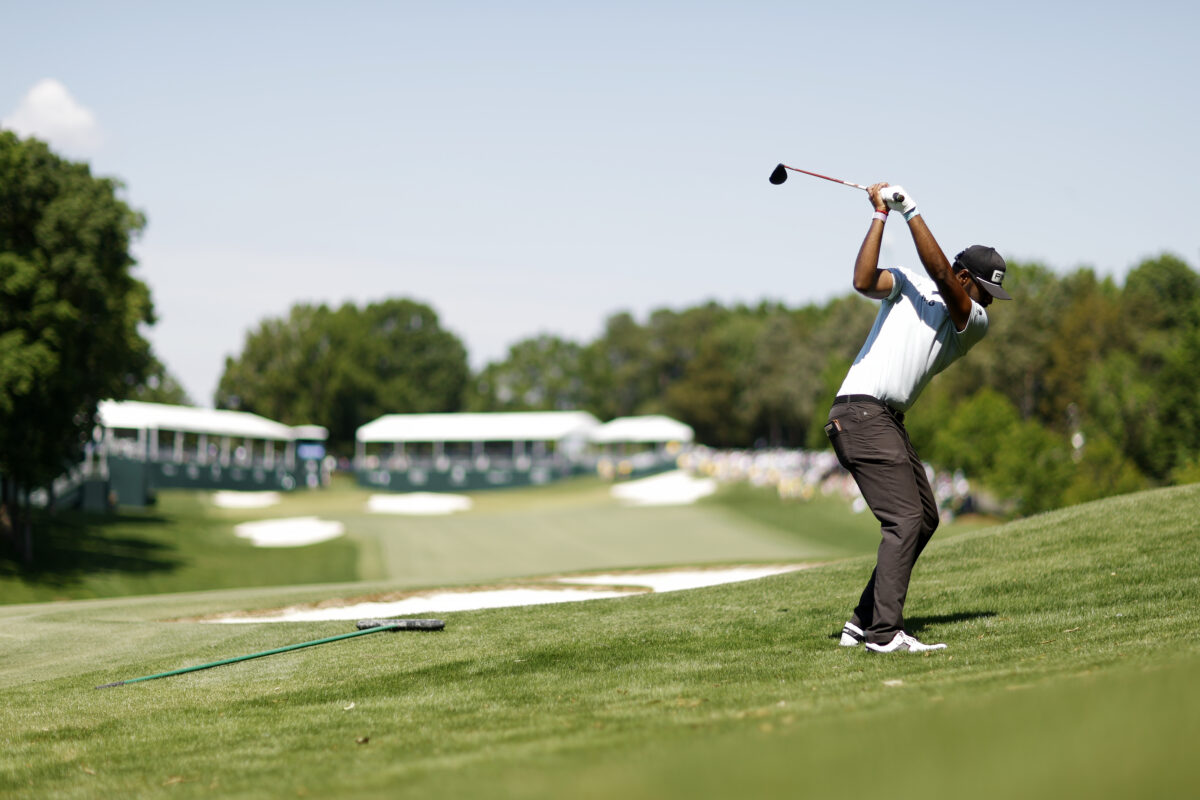It’s no secret that travel takes a toll on the body. If you add a week of walking, four days of tournament play, practice rounds, driving range time and workouts for weeks on end, the mind and body will have to work overtime to recover.
As our equipment editor David Dusek wrote earlier, players often use a series of strategies like additional exercise and hydration to combat these concerns.
For example, Jon Rahm forces himself to exercise after a long plane ride.
“If you have time and [access to] a gym or whatever it may be, get a little bit of exercise in,” Rahm said. “It doesn’t need to be crazy. It could be 30, 40 minutes of just some kind of stretching or whatever to get the blood
flowing a little bit more so your body can just naturally recover and get things moving.”
The physical demands of golf tournaments are extensive. This includes long days often jam-packed with physical activity. With the long weeks of back-to-back travel, some golfers simply can’t maintain a true routine of non-negotiables such as managing nutrition and lifting in the gym.
Golfers have to adapt to various time changes, societal norms, diets and cultures in different states and countries. For example, a United States-based golfer will likely often fly to Europe, which can present as much as a nine-hour time difference. Let’s say that particular country does not prioritize breakfast or it’s harder to get their hands on common U.S. essentials, their body only has a couple of days to adapt to these changes.

Professional golfers employ numerous strategies to recover physically and mentally while on the road.
They may engage in specific exercises or work with a trainer to ensure they maintain strength and flexibility. Adequate sleep, hydration and rest are all a huge priority to ensure physical and mental cognition.
Yes, they get to travel to some amazing destinations, but many spend the majority of their time in their room to recharge before and after their rounds.
And some golfers at various levels even have part-time jobs to pay for golf tournaments and expenses. It is a constant grind on and off the course for them.
To address mental and emotional recovery, some golfers are known to incorporate mindfulness, meditation and religious practices into their routine to manage stress and stay focused.
Golfers may also seek the support of sports psychologists or engage in activities that help them relax and unwind.
Additionally, collegiate golfers are managing just as much as the professional level, but their life includes college classes on the road.
Playing a round of golf is at least four hours of mental and physical strain plus the warm-up and post-round practice. Many collegiate tournaments have 36-hole days, equating to nine-plus hours of golf in a day. Having to complete essays, math and other tasks is nearly impossible on the day of a tournament.
Golf has many layers that go into the preparation and performance of the sport, but managing it properly can be the ticket to success for many.
[lawrence-related id=778376056]

